Growth in Industrial Sector
The expansion of the industrial sector is likely to contribute to the growth of the Passive Fire Protection Material Market. Industries such as manufacturing, oil and gas, and chemical processing are increasingly recognizing the importance of fire safety measures. The need for fire protection materials in these sectors is driven by the high risk of fire hazards associated with industrial operations. As industries expand and modernize, the demand for effective passive fire protection solutions is expected to rise. This trend is further supported by the increasing investment in infrastructure and industrial facilities, which may lead to a greater emphasis on safety and compliance with fire protection standards.
Rising Awareness of Fire Safety
There is a growing awareness regarding fire safety among builders, architects, and property owners, which seems to be significantly influencing the Passive Fire Protection Material Market. Educational campaigns and training programs have been implemented to inform stakeholders about the importance of fire protection measures. This heightened awareness is likely to drive the adoption of passive fire protection materials, as they are essential for minimizing fire risks in buildings. In recent years, the market has seen an increase in demand for materials that not only comply with safety standards but also enhance the overall safety of structures. As a result, the Passive Fire Protection Material Market is expected to witness a surge in product development aimed at addressing these safety concerns.
Increasing Construction Activities
The rise in construction activities across various sectors, including residential, commercial, and industrial, appears to be a primary driver for the Passive Fire Protection Material Market. As urbanization continues to expand, the demand for fire-resistant materials is likely to increase. In 2025, the construction sector is projected to grow at a rate of approximately 5.5 percent annually, which could lead to a heightened need for passive fire protection solutions. This growth is particularly evident in regions experiencing rapid urban development, where safety regulations necessitate the incorporation of fire protection materials in building designs. Consequently, manufacturers in the Passive Fire Protection Material Market are expected to innovate and expand their product offerings to meet the evolving demands of the construction sector.
Stringent Building Codes and Regulations
The implementation of stringent building codes and regulations is a significant driver for the Passive Fire Protection Material Market. Governments and regulatory bodies are increasingly mandating the use of fire-resistant materials in construction to enhance safety standards. In many regions, compliance with these regulations is not only a legal requirement but also a critical factor in obtaining construction permits. As a result, builders and developers are compelled to incorporate passive fire protection solutions into their projects. This trend is expected to continue, with more jurisdictions adopting rigorous fire safety regulations, thereby bolstering the demand for passive fire protection materials in the market.
Technological Innovations in Fire Protection
Technological advancements in fire protection materials are playing a crucial role in shaping the Passive Fire Protection Material Market. Innovations such as intumescent coatings, fire-resistant boards, and advanced insulation materials are being developed to enhance fire resistance and improve overall building safety. The market is projected to experience a compound annual growth rate of around 6 percent, driven by these technological innovations. Manufacturers are increasingly investing in research and development to create materials that not only meet regulatory standards but also offer superior performance. This focus on innovation is likely to attract new players to the Passive Fire Protection Material Market, further stimulating competition and growth.


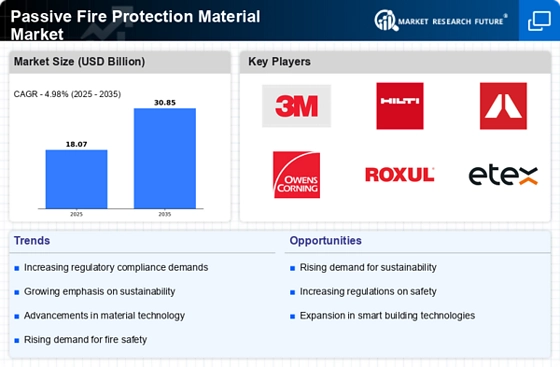

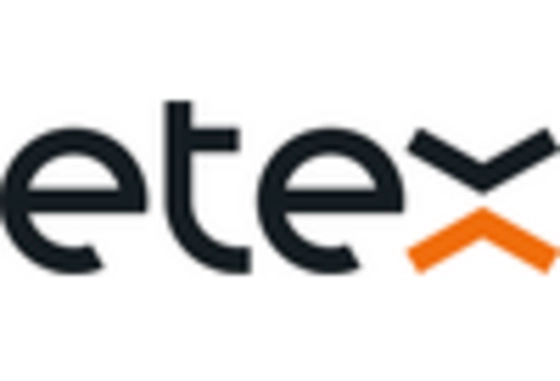
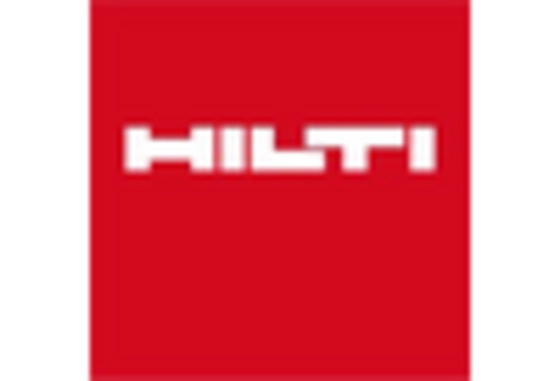
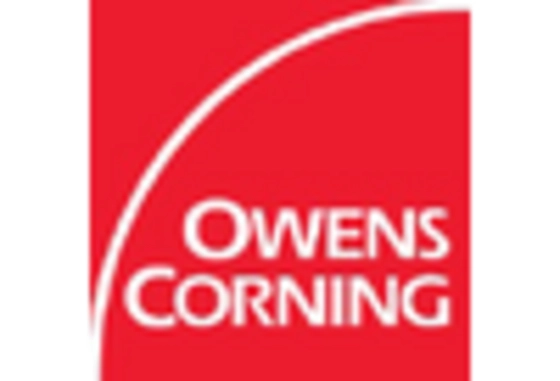
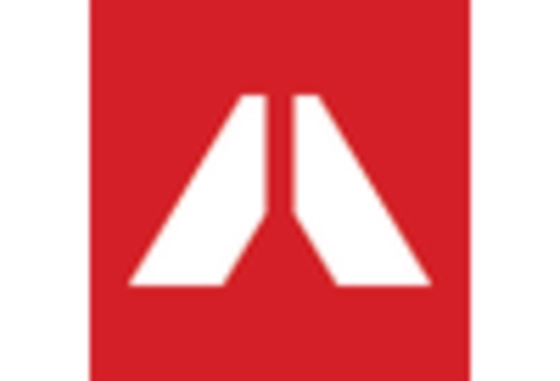
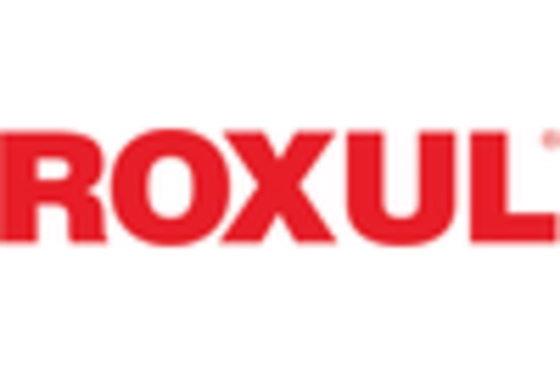








Leave a Comment